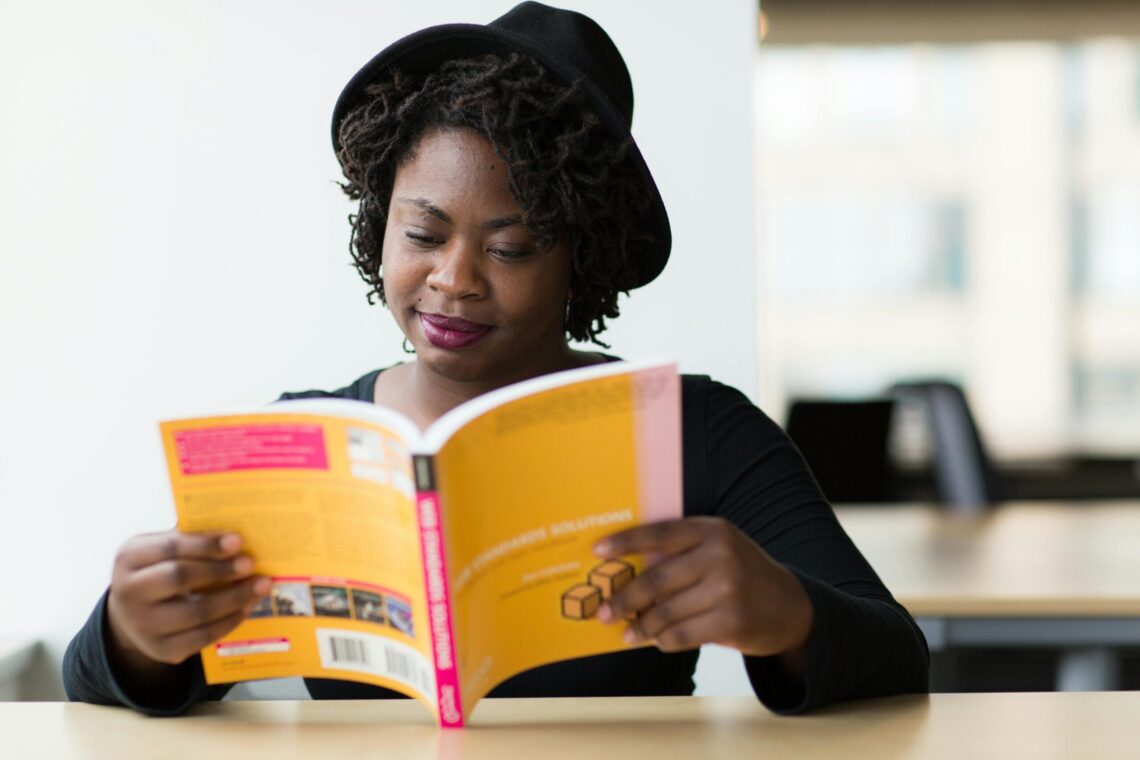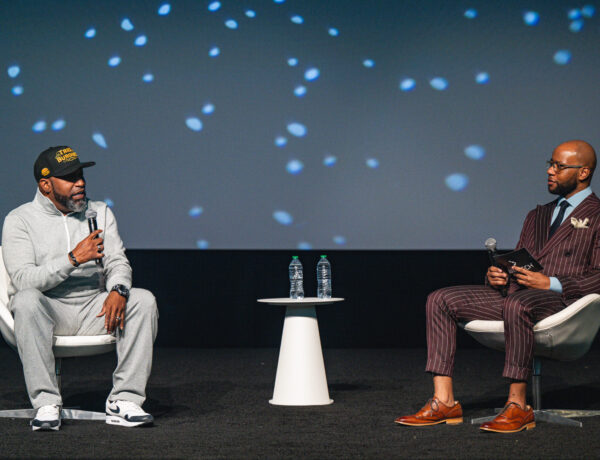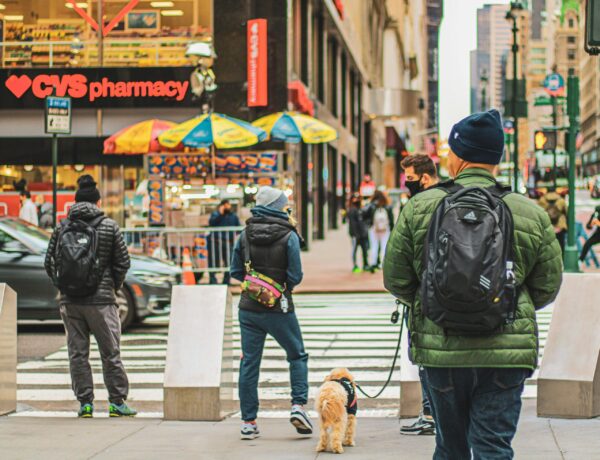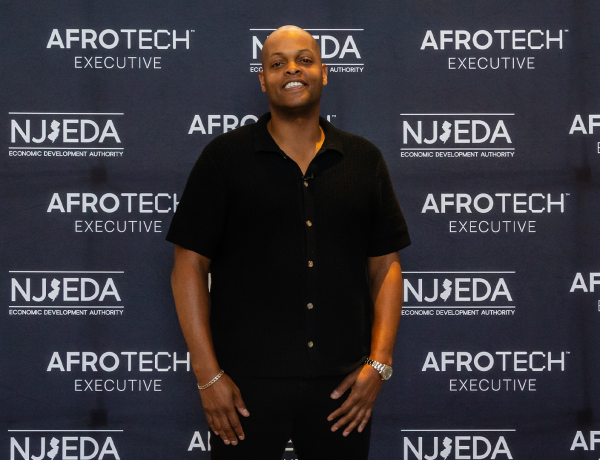With the second-time win of President Donald Trump, American citizens can expect the introduction of several changes to our political ecosystem. One of them is a proposal that he outlined in the Agenda47 documents, as well as Project 25. He plans to drain the Department of Education (DOE) of all funding, shutting it down and leaving the responsibility of education to each individual state. The approval of this proposal would threaten the quality of education and safety of K-12 students of color and underserved demographics. It’s undetermined whether the proposal will be approved. Simultaneously, it sheds light on the DOE and what K-12 students would be losing access to should it be shut down. But what exactly does the DOE do?
What Is The Department of Education?
The origins of the DOE date back to 1867. Former President Andrew Johnson signed the legislation that created the department. Its purpose was to create an area of the government in which information and statistics about the nation’s schools could be collected. Political and social changes in the 1950s led to the expansion of federal funding for education, sparking the development of programs to improve education for students from underserved communities.
In October of 1979, former President Jimmy Carter signed into law the Department of Education Organization Act. The DOE is a cabinet-level department of the Executive Branch of the Federal Government. The act was a representation of the federal government’s commitment to secure equal access to educational opportunities for every American. It also helped individual states carry out their responsibilities, in addition to encouraging the involvement of parents. This act provides funding to those in need of support such as low-achieving or high-poverty K-12 schools.
What Does The Department Of Education Do?
The DOE has continued to put these goals into practice, implementing laws such as the No Child Left Behind Act, Race to the Top and Title One School Improvement Grants, along with overseeing each state’s public school system. It is responsible for educating millions of diverse children, in thousands of schools led by thousands of teachers. The DOE also enforces education laws meant to uphold and improve public school programs. Included within the DOE responsibilities is the distribution of funds and data collection of America’s schools.
What Would Students Be Losing If The DOE Closed?
In addition to serving K-12 students, the DOE also provides direct student financial aid and manages student loans. It may be hard to believe that education is not a fundamental right under the Constitution. Still, it is protected by the Equal Protection Clause of the 14th Amendment. The amendment states that when a public school system is established, no child living in the state can be denied access to schooling equal to that of their peers.
But what happens when that quality of education is impacted by a lack of funding, support and protection?
Ashley Nash is a SEO Writer at Blavity. A lover of storytelling, she started off as a freelance writer covering local news for newspapers throughout Los Angeles. She then went on to pursue her masters in journalism from the USC Annenberg School. During the summer of her first year, she interned at Cape Community Newspapers in South Africa where she covered breaking news, art and culture. She returned home, graduated and found herself wanting to travel more, leading her to take on a role in the Bay Area. There, she worked in tech and marketing while continuing to freelance as a writer and photographer covering social justice. She desired a full-time role that would allow her to continue exploring her interests in social justice, identity and beauty while pursuing other avenues of content production.
A stint in copywriting, back home in Los Angeles, only strengthened her desire to produce stories both written and visual. So, she pursued and accepted the opportunity to work as a Story Hunter with Vox Media, where she produced and directed short videos for B2C brands. When the pandemic hit and companies loosened their restrictions around schedule and location, Ashley saw this as another chance to travel. She decided to move to the most coveted of her desired destinations: New York City. The writer-creative and apparent traveler continued to story hunt, producing and directing videos for Okta, Victoria’s Secret and Zoom. She also continued to freelance as a writer and photographer adding makeup artist and model to her budding repertoire.
Her 11-year span of work has appeared in Blavity, Ebony, AFROPUNK, CRWN Magazine, Madame Noire, Carefree, Teen Vogue, Italian Vogue, HuffPost, Access Hollywood and Wear Your Voice Magazine. She now lives in Los Angeles with her fiance’, daughter and family. Ashley is happy to return to the editorial space, viewing it as a homecoming. When she isn’t mothering or spending time with family, Ashley is helping people write, recording podcast episodes, editing her website, TikToking, thrift-shopping, enjoying cute cafes and eateries. Her website is itsashnash.com and her handle on all socials is @itsashnash.
I adhere to the highest benchmarks for ethical integrity and accuracy in journalism as outlined in The AfroTech editorial policy.




